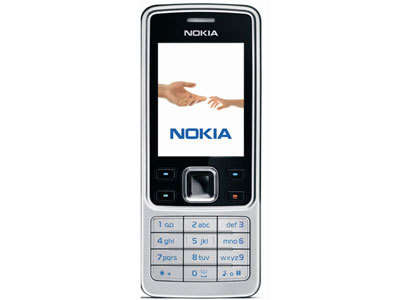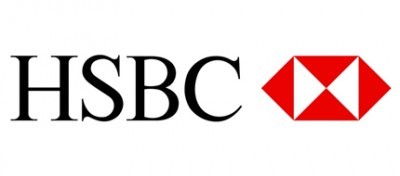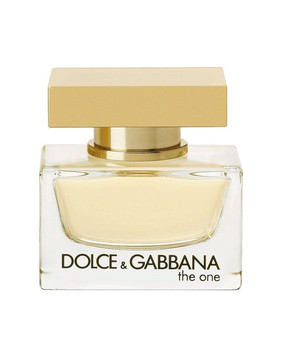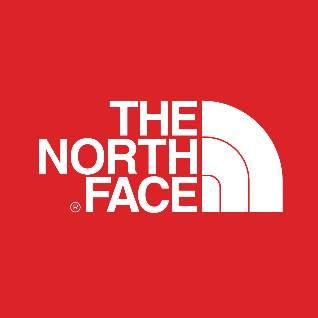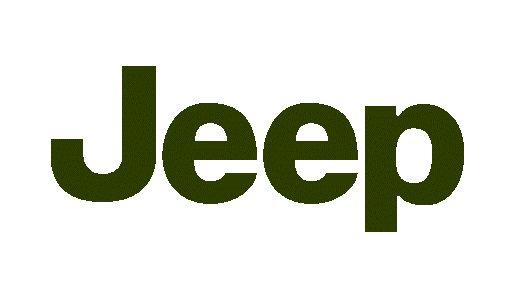On 17 July, Indra Aziz visited our campus and talked about his experience in the music industry.
Here is a brief of his biography:

Name: Indra Aziz
Occupation: Musician, lecturer at UPH and Institut Musik Indonesia.
Known as: Jazz musician, vocal coach for Indonesian Idol, X-Factor, and some knows singers such as Rossa, Afgan and Agnez mo.
Founder of: VokalPlus
Website: www.indraaziz.net
Twitter: @IndraAziz
Experience
I was pretty excited to meet him as I watched a show in NET. tv called "STEREO" which he starred in. On the day, he taught us about his experience and tips for branding and marketing for the creative industry.
Firstly, he talked about changes in the industry. Nowadays, the creative industry is getting even more crowded. Back then (in the music industry) when musicians want to publish a song they need to be in radios, in the charts, TV, and give demo to record label. These days musicians can easily publish their song through Spotify, Youtube, and edit them themselves. There are more opportunities today and we must change our mindset and think like a business owner in order to survive and be noticed in this era of creative industry.
Next, he told us that he had never work or give his cv or volunteer to work. He was invited to do jobs instead of volunteering. Why can this happen? it is all because of BRANDING.
BRAND
Unique design, sign, symbol, words, or a combination of these, employed in creating an image that identifies a product and differentiates it from its competitors. Over time, this image becomes associated with a level of credibility, quality, and satisfaction in the consumer's mind (see positioning). Thus brands help harried consumers in crowded and complex marketplace, by standing for certain benefits and value. Legal name for a brand is trademark and, when it identifies or represents a firm, it is called a brand name. See also corporate identity.
We need to have personal branding in order for people to notice us. We should have these 5 characteristics:
- Visual identity
- Voice
- Personality
- Be authentic
- Can change and evolve
After that, he told us steps to achieve and share our personal branding. He told us that you should make the brand all the same on social media. Social media is a good way to show your personal branding as people can access them by phone, which we use daily.
BAD EXAMPLE
website: www.keizadesign.com
instagram: doodlemylife
twitter: keizacroque
email: keizazahra@gmail.com
GOOD EXAMPLE
website: www.keizacroque.com
instagram: keizacroque
twitter: keizacroque
email: keizacroque@gmail.com
Creative people should also set their target audience. For example, you should show your jazz music to those who loves jazz instead of showing them to people who enjoys pop. You should also have a good network in the industry. This can lead you to get job from the offers from the people you know. Mr Indra Aziz gave us an example like when people needs a vocal coach they can immediately think "Oh! Indra Aziz can do it."

In the third session he told us about developing more than just being a musician. Musicians may have a long hiatus before releasing another song. To solve this and keep on being productive, he uploaded vocal techniques on Youtube. Creative people can also upload cover, vlogs or any videos on Youtube to get more recognition and make content.
The most important thing are comments. Why? Because engagement is what earns you sales, and shares, and having loyal customers.
You will also need CALL TO ACTION for example:
- Please RT
- Please subscribe
- Click link
- Please share
- Write a comment
- Listen on Spotify
Then we did a handout about our own personal branding. Honestly, I was still confused on what to write. We also listened to Brie's, Daffa's and Aikoe's presentation about their personal branding. This motivates me to find out more about my personality and branding
Lastly, he told us about the ratio system, 70:20:10, which means:
70% is about building our brand
20% sharing other arts that inspire us
10% self promotion













